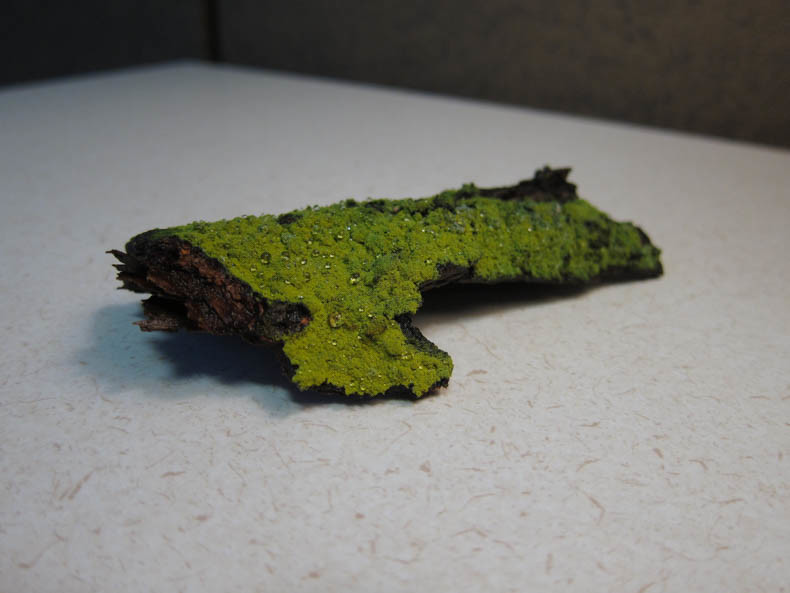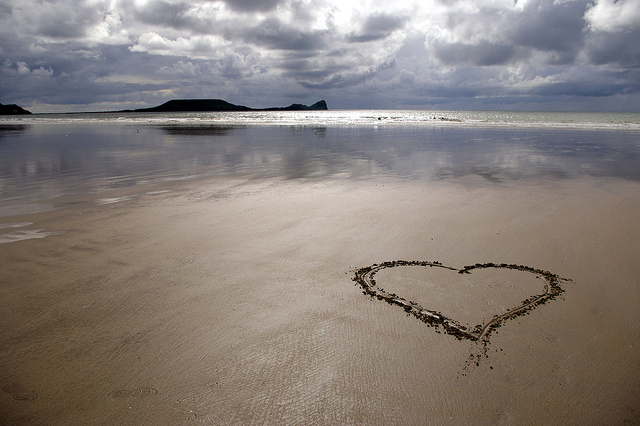On a slushy Ottawa night last week, I tromped into the Officer’s Mess of the Royal Canadian Air Force, here to attend the 513th meeting of the Arctic Circle. When I moved north to Yellowknife ten years ago, my Aunt Diana wrote that her husband Graham would have been pleased I was living in the land he loved so well. He had been an Arctic explorer, as they called northern geographical and archaeological activities in those days. Diana said she had a group of friends who met every month to discuss the Arctic, and she encouraged me to attend if I had the chance.
It turns out her monthly meeting has been taking place since 1947 – almost 70 years! – and features speakers from every discipline relevant to the region. Around 30 people were ranged behind heavy wooden tables and the lecturer, Alexandra Steffen, was here to induct us into the secrets of quicksilver – specifically the methylated form of mercury that causes havoc in growing human brains after bioaccumulating in the marine food chain. Continue reading
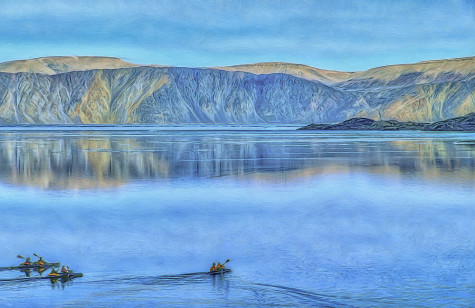
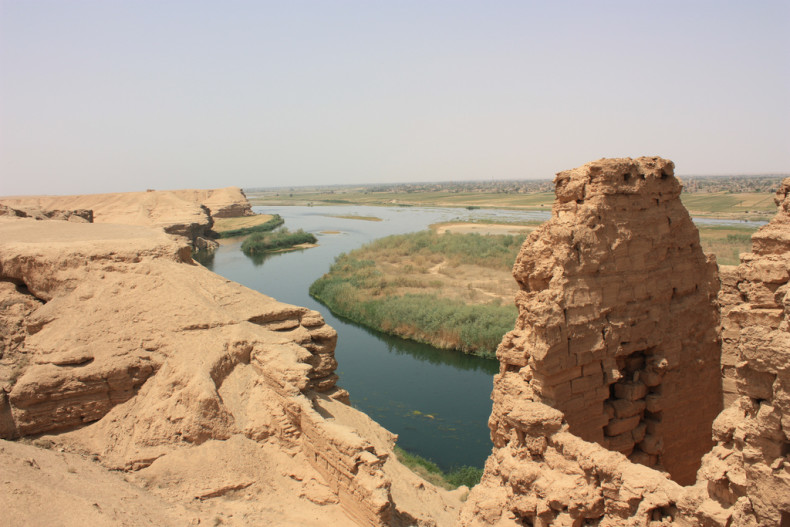
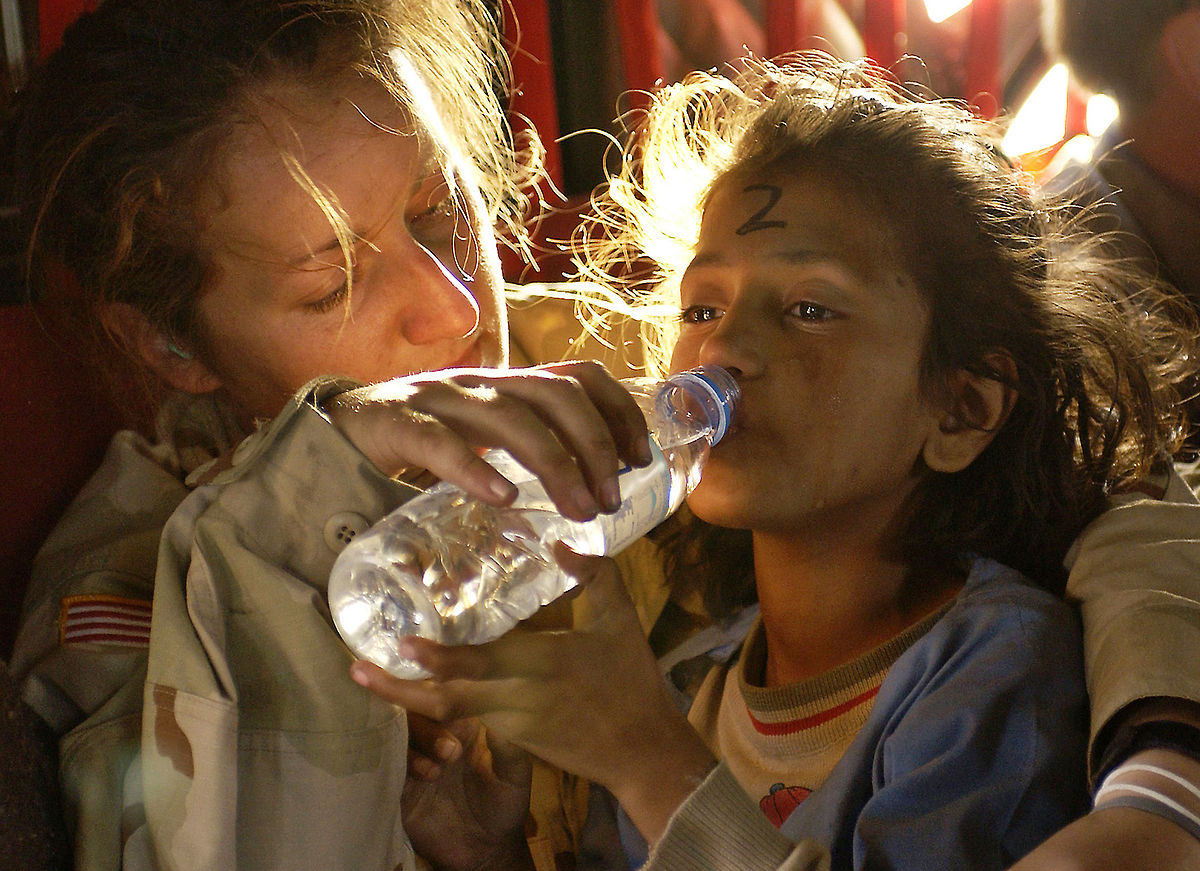

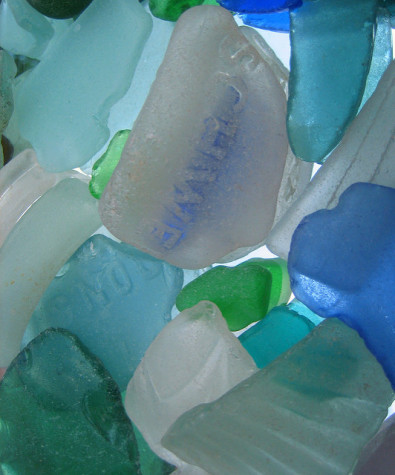 There is a blue velour–covered box in my house marked with the face of a pirate and the word “Plunder.” Like any piratical treasure trove, there are golden coins inside. There are also marbles, leftover buttons, and crow feathers. Sometimes, I’m not quite sure what makes some of the things inside the box so valuable. But there are a few small bits of colored glass in there that give me the itchy fingers a pirate might have had when discovering a map with a large X on it and a promise of doubloons.
There is a blue velour–covered box in my house marked with the face of a pirate and the word “Plunder.” Like any piratical treasure trove, there are golden coins inside. There are also marbles, leftover buttons, and crow feathers. Sometimes, I’m not quite sure what makes some of the things inside the box so valuable. But there are a few small bits of colored glass in there that give me the itchy fingers a pirate might have had when discovering a map with a large X on it and a promise of doubloons.